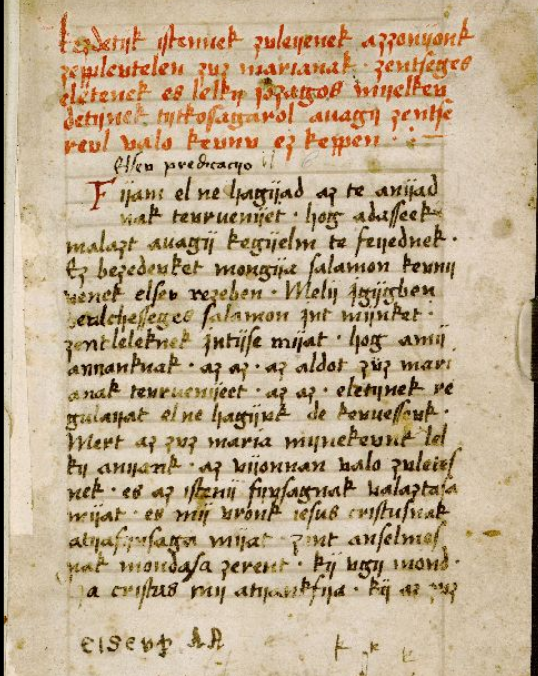Mosaics from the heritage of ELTE – March 2022
Object of the month – Pallasite meteorite
Pallasite meteorite, Krasnoyarsk, Siberia, Russia. Eötvös Museum of Natural History (BE24389, specimen width 10 cm, cut and polished surface).
This pallasite is a unique and rare meteorite type representing the transition between iron and stony meteorites, at the same time one of the most spectacular meteorite types, too. The space between the yellowish or olive green olivine crystals is filled with an iron-nickel metal alloy. Such olivine crystals are commonly used as gemstones called peridot, too.
The artefact is one of the oldest pieces in our collection, from the collection of Maria Theresa's eldest daughter, Archduchess Maria Anna. This collection was bought for the university in 1781, and it is the foundation and beginning of our current mineral and rock collection.
The specimen is a piece of the Krasnojarsk meteorite that was first studied in 1772 by Peter Simon Pallas (1741–1811), the Prussian botanist-zoologist, during his stay in Russia. Ernst F. F. Chladni (German physicist and astronomer) was the first to recognise that due to its exotic look ‒ not known from the Earth ‒ this rock is extraterrestrial matter from space. The German physicist introduced the name pallasite in honor of the work of its first researcher.
Pieces of the Krasnojarsk meteorite are presumed to be the pieces of an asteroid, a small planet differentiated like the Earth. Differentiation means that the building materials of the asteroid got segregated and organized into layers throughout its evolution. The innermost part was the core (largely of metallic iron), followed by the mantle (predominantly of olivine), and the outermost layer was the crust. According to some theories, pallasites probably originate from the boundary between the core and the mantle. However, recent experimental research suggests that this texture formed in two stages. The asteroid differentiated first. Then part of the olivine-rich, but also metal-bearing mantle of the asteroid partially melted due to a collision with another celestial body, resulting in the exciting interwoven appearance of metallic iron and olivine.

